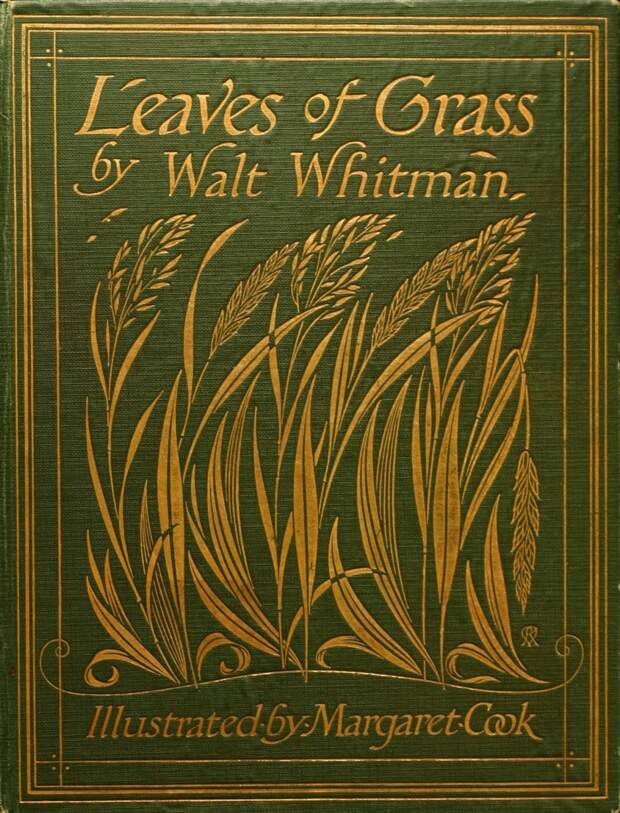Author: Maria Popova / Source: Brain Pickings

“Love the earth and sun and the animals,” Walt Whitman from the original the preface to Leaves of Grass (public library | public domain). This sense of kinship with and radiant respect for every element of the universe is what rendered Whitman the poet laureate of goodwill toward one and all, human and hummingbird and humpback whale.
It is also what made him an indispensable part of The Universe in Verse and its animating ethos of celebrating the science and wonder of nature through poetry.I dedicated the 2018 Universe in Verse to marine biologist and author Rachel Carson, who thought and wrote about science and the natural world like a poet. Her career as a catalyst of the environmental movement began with her lyrical 1937 essay Undersea, which extended an unprecedented invitation to the human reader to consider the reality of life on our Pale Blue Dot from the perspective of marine creatures — creatures as unimaginably different from us as creatures can be.
Nothing like it had been done before in science — but something astonishingly kindred had been done a century earlier, in poetry.
Leaves of Grass contains a short, exquisite piece titled “The World Below the Brine,” which may well be Whitman’s least known published poem — in large part because before Carson rendered the marine world not only comprehensible but full of wonder to the human mind, it was so incomprehensible as to be almost alien, and one of our elemental human foibles is that we tend to scorn what we do not understand. And so Whitman’s stunning poem went underappreciated and practically unnoticed.
The post The Universe in Verse: John Cameron Mitchell Reads Walt Whitman’s Beautiful Least Known Poem appeared first on FeedBox.